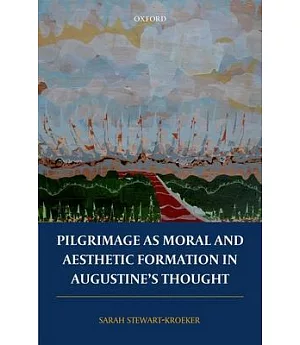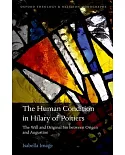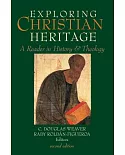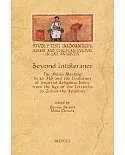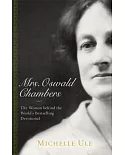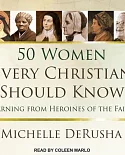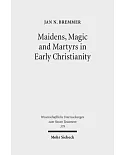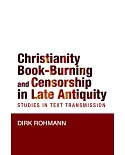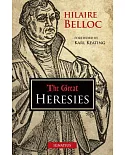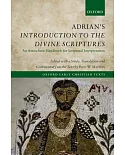Augustine’s dominant image for the human life is peregrinatio, which signifies at once a journey to the homeland (a pilgrimage) and the condition of exile from the homeland. For Augustine, all
human beings are, in the earthly life, exiles from their true homeland: heaven. Only some become pilgrims seeking a way back to the heavenly homeland, a return mediated by the incarnate Christ.
Becoming a pilgrim begins with attraction to beauty. The return journey therefore involves formation, both moral and aesthetic, in loving rightly. This image has occasioned a lot of angst in
ethical thought in the last century or so. Augustine’s vision of Christian life as a pilgrimage, his critics allege, casts a pall of groaning and longing over this life in favor of happiness in
the next. Augustine’s eschatological orientation robs the world of beauty and ethics of urgency. In Pilgrimage asMoral and Aesthetic Formation in Augustine’s Thought, Sarah
Stewart-Kroeker elaborates Augustine’s understanding of moral and aesthetic formation via the pilgrimage image, which she argues reflects a Christological continuity between the earthly journey
and the eschatological home that unites love of God and neighbor. From the human desire for beauty to the embodied practice of Christian sacraments, Stewart-Kroeker reveals the integrity of
Augustine’s vision of moral and aesthetic formation, which is essentially the ordering of love. This study develops an Augustinian account of the relationship between beauty and morality.

